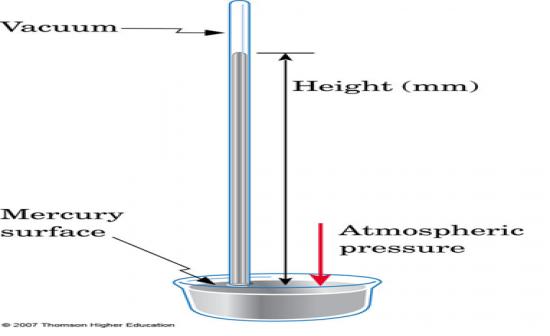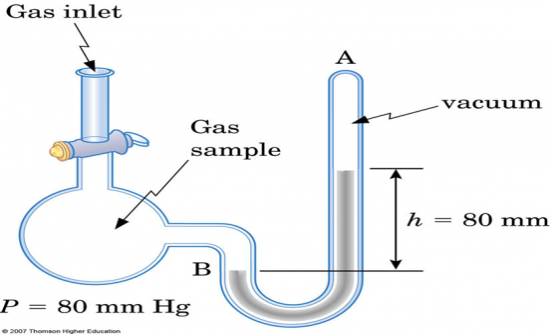Cards In This Set
| Front | Back |
|
What is gas pressure?
|
The pressure per unit area exerted against a surface
|
|
What is the most commonly measured unit of gas pressure?
|
Millimeters of mercury (mm Hg), atomspheres (atm) and torr.
The unit that is used is Pascals. Pa 1 atm = 760 mm Hg = 760 torr = 101325 Pascals = 28.96 in. Hg |
|
What is instrument is usually used to measure pressure? and draw
|
 Barometer |
|
The other instrument used to pressure? and draw
|
 Manometer |
|
What are the gas laws?
|
Boyles law, P1V1 = P2V2
Charles Law V1/T1 = V2/T2 Guy-Lussac Law T1/P1 = T2/P2 Combined gas law (P1V1)/T1 = (P2V2/T2) Ideal Gas Law PV = nRT |
|
Practice gas law equations
/Chemistry/taters/Unit5GasLaws.htm |
Answer on page
|
|
More gas law practice that you can print
http://misterguch.brinkster.net/pra009.pdf |
Answers on sheet
|
|
What is Avogadro's law?
|
Equal volumes of gas at the same temperature and pressure contain the same number of moles
The actual temperature and pressure at which we compare two or more gases does not matter For convenience in making comparisons, cheists have selectred one pressure as a standard pressure, and one temperature as a standard temp. The standard temperature and pressure (STP) selected are 0 degrees C (273K) and 101.3 kPa |
|
What is the volume of one mole of gas at STP?
|
22.4 L
|
|
What is the value of P, V, n, T, R in the ideal gas?
|
P = Pressure (kPa)
V = Volume (L) n = moles og gas (mol) T = temperature (K) R = ideal gas constant 8.314 J K-1mol-1 |
|
What is the law of partial pressure and the name of it?
|
Dalton's law: the total pressure, PT, of a mixture of gases is the sum of the partial pressures of each individual gas.
|
|
What is the kinetic molecular theory?
|
Gases consist of particles constanly moving through space in rando directions and with various speeds.
Gas particles have no volume Gas particles have no attraction between them The average kinetic energy (KE) of gas particles is proportional to the temperature in Kelvin Molecular collisions are elastic; when molecules collide they may exchange KE but the total KE remains constant. Molecules collide with the walls of their container; these constitute the pressure of the gas. |
|
What is an ideal gas?
|
The six KMT assumptions give us an idealized picture of the particles of a gas and their interactions with one another.
|
|
What is a real gas?
|
Their atoms or molecules do occupy some volume.
There are forces of attraction between their atoms or molecules In reality, no gases are ideal - at pressures below 1 - 2 atm and temperatures well above their boling points, most real gases behave in much the same way as predicted by the KMT. |
|
When do ideal and real gases act the same?
|
Pressure below 1 - 2 atm and temperatures well above boiling point
Low pressure, high temperature |



